Written by:
Ranka Steingrimsdottir, Librarian, the Joint Faculties of Humanities and Theology
In the beginning of November, I travelled by train and bus to the Arctic University in Tromsø, to take part in the yearly Munin Conference on Scholarly Publishing. As a librarian working with research support at the Libraries of the Joint Faculties of Humanities and Theology, this conference covers issues that are key for me and my colleagues’ work. So, I was very happy to get funding from Erasmus Plus and be able to go to the conference. However, in these times of climate crisis, it was unthinkable for me to fly to the conference. The very few flights our remaining carbon budget allows us to take, we need to save for absolutely necessary travels, which in my case is to be able to fly to the island where a large part of my family and friends live (going by train to Iceland is unfortunately not an option). For the last six years or so, and since I decided to do what I can to reduce my carbon footprint, for all other trips I have chosen the train before the plane (or in some cases the bus). During holidays I’ve taken the train to destinations such as Abisko (to hike the Kungsleden trail), to Sundsvall and from Örnsköldsvik (to hike the Högakusten trail), but also to Cinque Terre, Pisa, Rome, Berlin, Paris, San Sebastián, Bilbao, Madrid, and Barcelona. Moreover, during these years, I’ve taken the bus back and forth to the French Alps three times, to go skiing. All this without any problems or delays whatsoever! But this time going to the north of Norway, I really got to experience some delays (which can of course happen with flights as well – there was actually a group of people onboard the night train because their flight had been cancelled due to heavy fog).
Arrival Just on Time
The delays started already on the train going from Lund to Stockholm, which was 2,5 hours delayed, so when I finally arrived in Stockholm, I had missed my night train that was supposed to take me directly from Stockholm to Narvik, Norway. A few hours later, I managed to get on another night train to Norrland. This train, however, ended up being more than five hours delayed, which meant that I arrived in Boden at about three in the afternoon instead of at ten in the morning. From there I took a train to Kiruna, arriving there at half past eight in the evening. Because there were no more trains going to Norway that day, I had to take a taxi with three other people (paid by the train company!). Two of them were going to a research station in Abisko and then there were two of us going to Narvik. On the way driving through the snow-covered winter landscape the taxi-driver all of a sudden stopped to let us get out of the car and see northern lights! I spent a short night at a hotel in Narvik and then got on a bus to Tromsø at 5.35 in the morning. And arrived on time to the conference that started at ten o’clock (instead of having arrived in Tromsø in the afternoon the day before)!
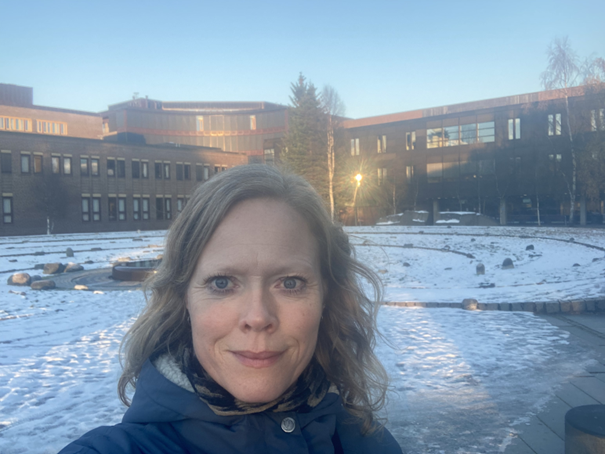

Bonus Experiences
As there was no return train until the Sunday (due to track work), I got to stay for an extra day in Tromsø. Therefore, I took the opportunity to go on a whale watching tour (on an electricity-fueled catamaran), that took us to Skjervøy. We were away for seven hours and saw both orcas and humpback whales, even though I think the scenery and the Arctic light was actually the best part, as we were away to see both the sunrise (at around 9 o’clock) and the sunset (at a bit past 1 o’clock) over the icy fjords and snow-covered mountains. Back in Tromsø I took a cable car up to the top of a mountain nearby, hoping to see northern lights from above the clouds.
The return trip went completely according to plan – beginning with a four-hour bus-ride from Tromsø to Narvik, with a short stop to buy a pad thai in Narvik, followed by the direct night train between Narvik and Stockholm, that takes eighteen hours. And finally, I took the train from Stockholm to Lund. All in all, both the conference and the travelling, was very interesting and rewarding, even though the way to the conference ended up a bit more adventurous than I had expected.












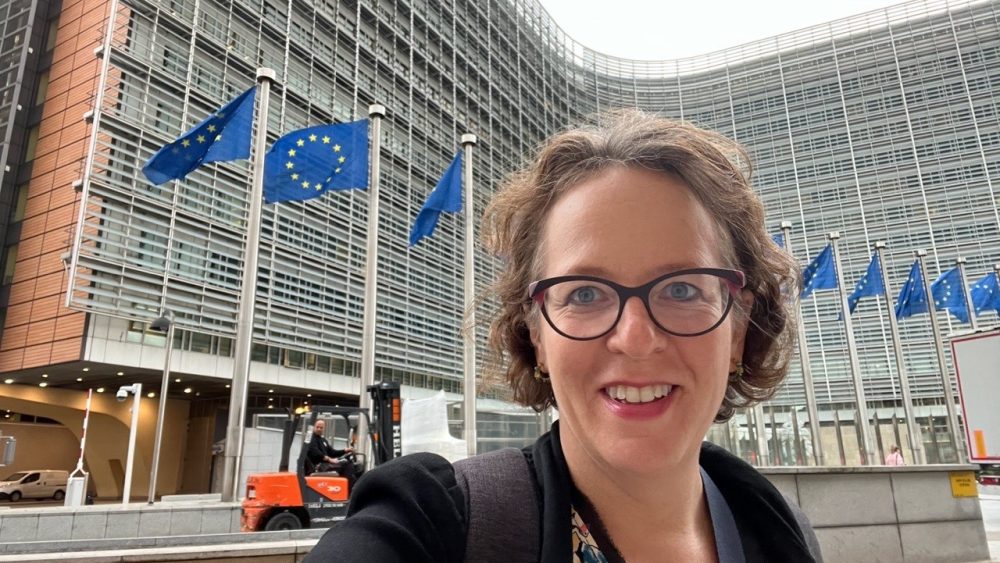
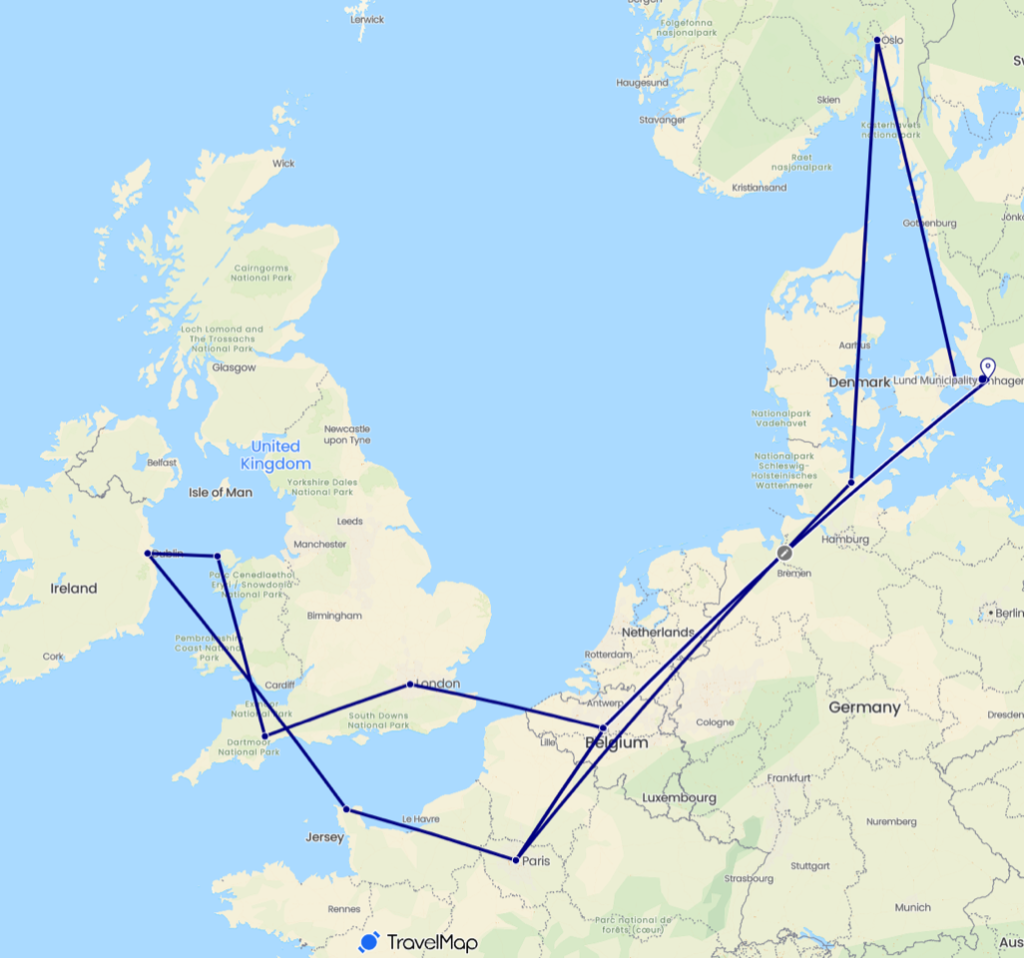
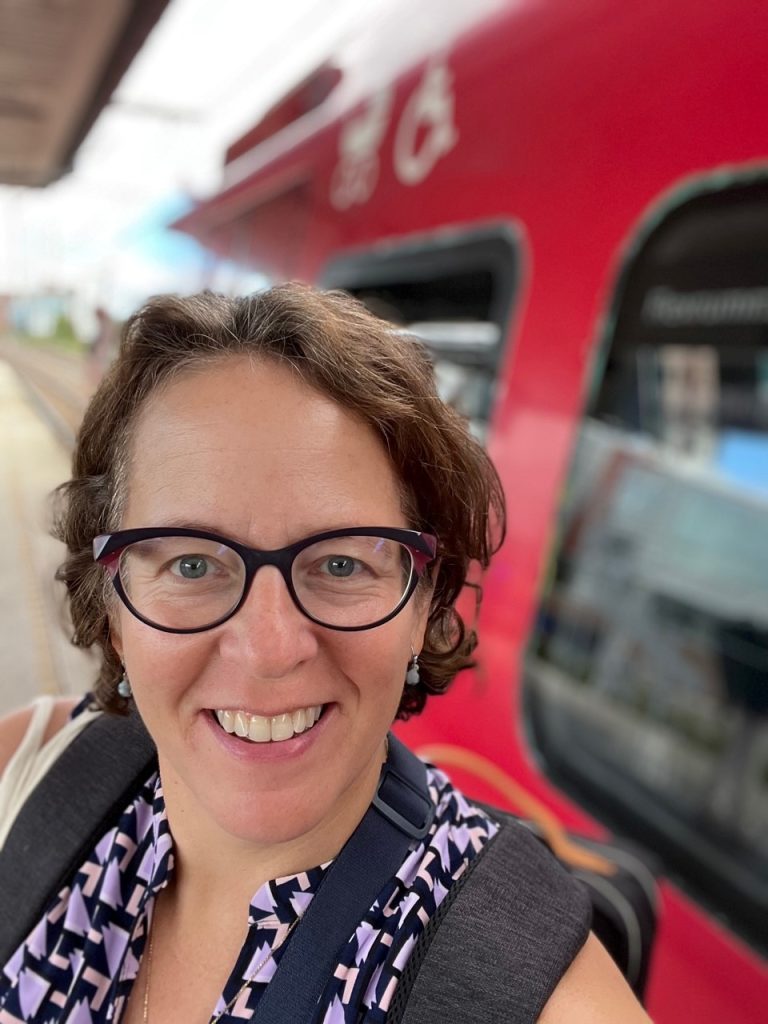
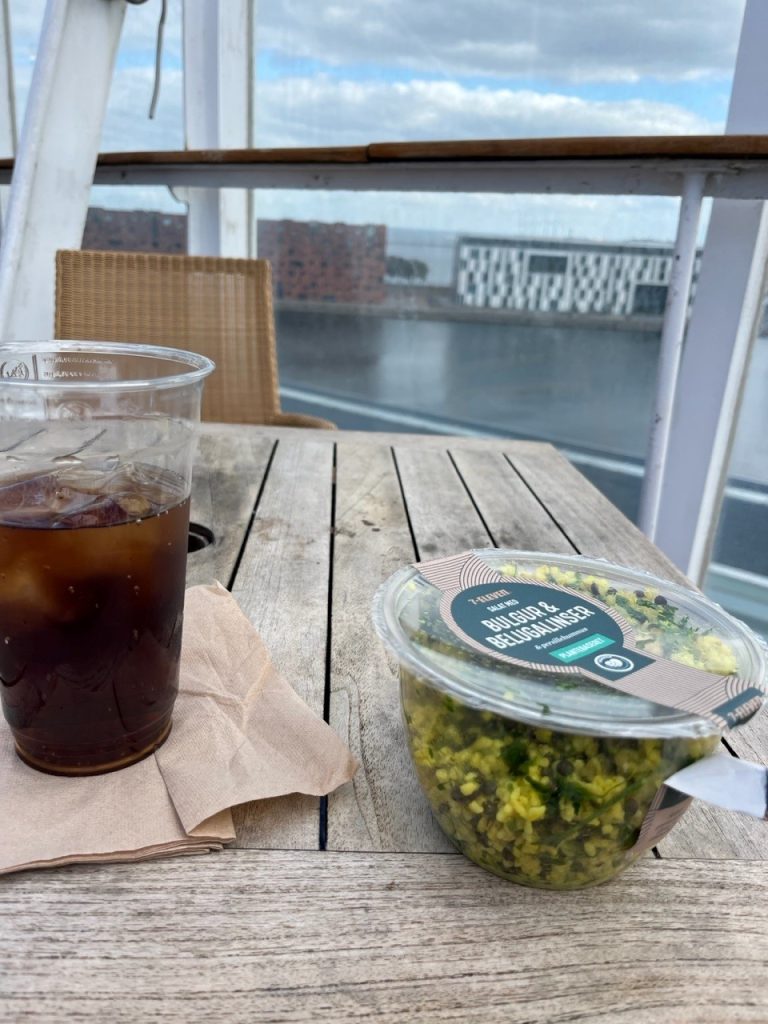

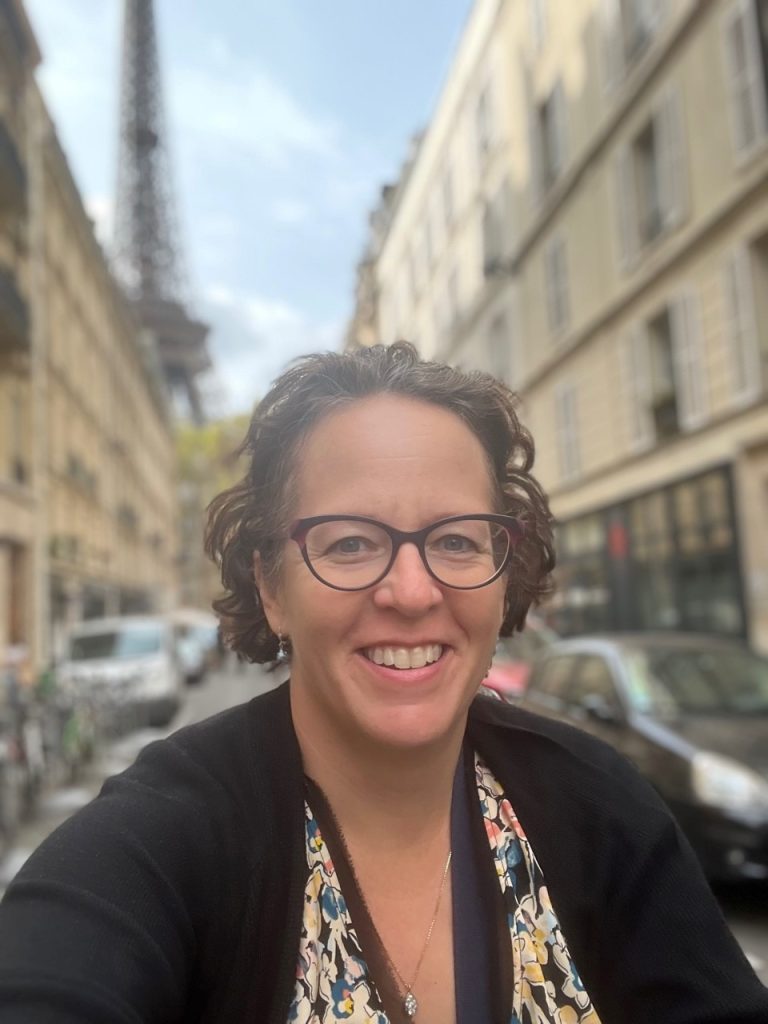
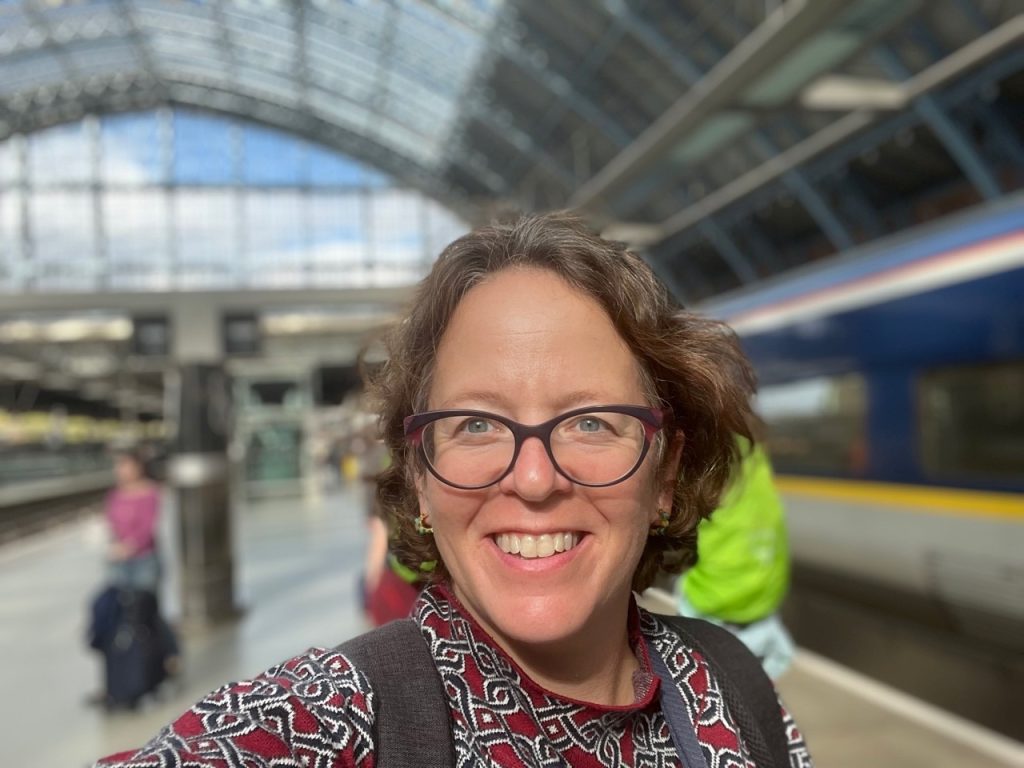

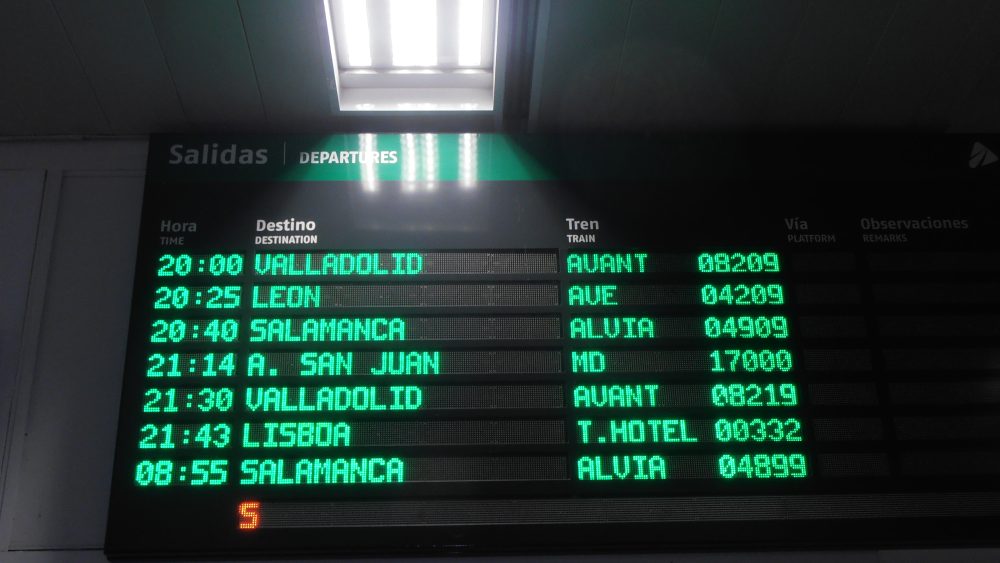
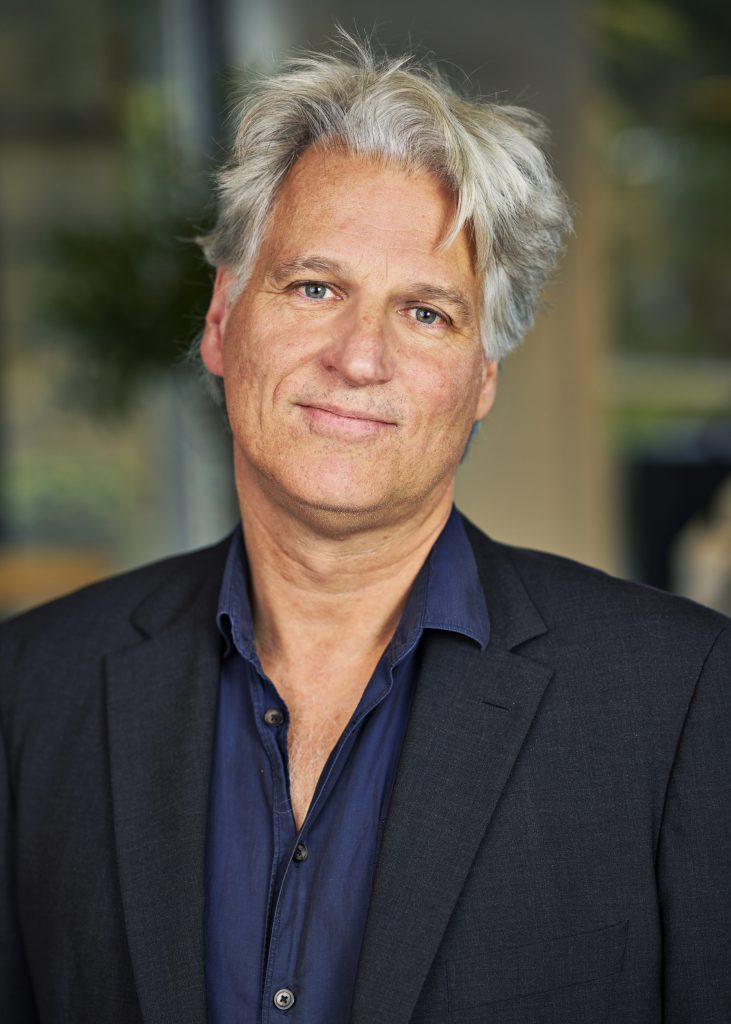
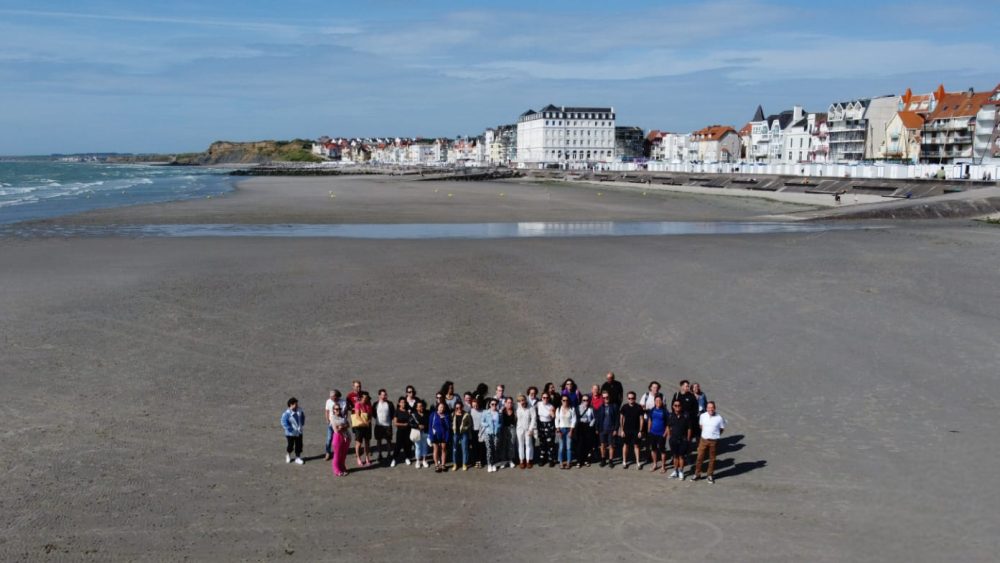
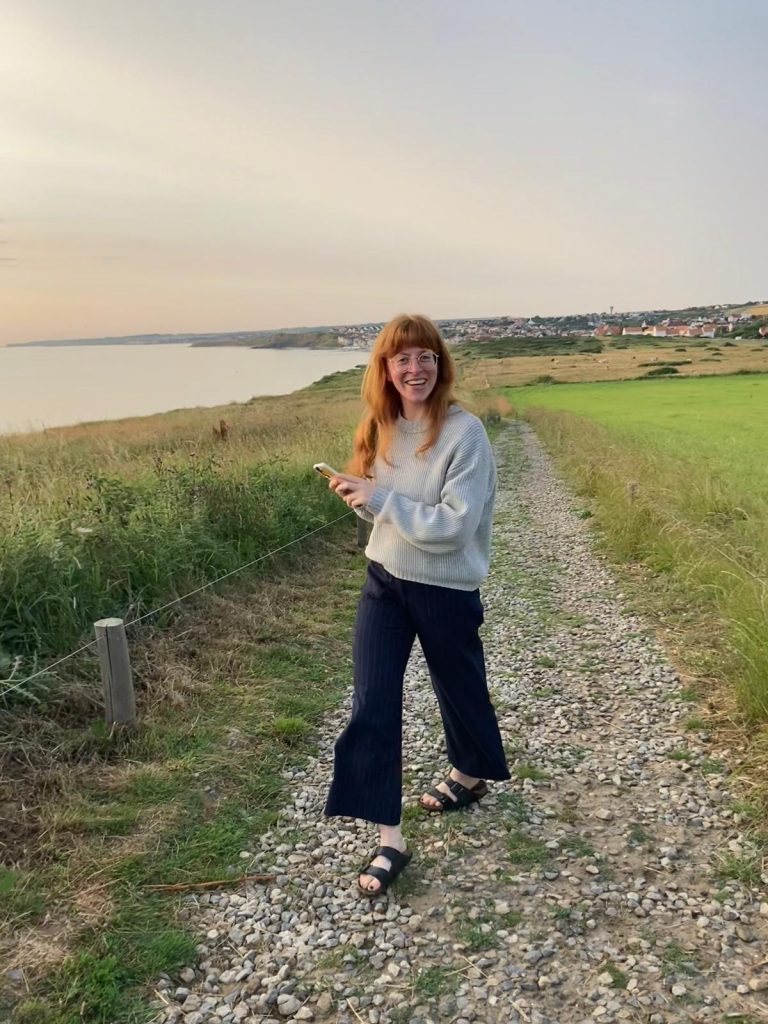
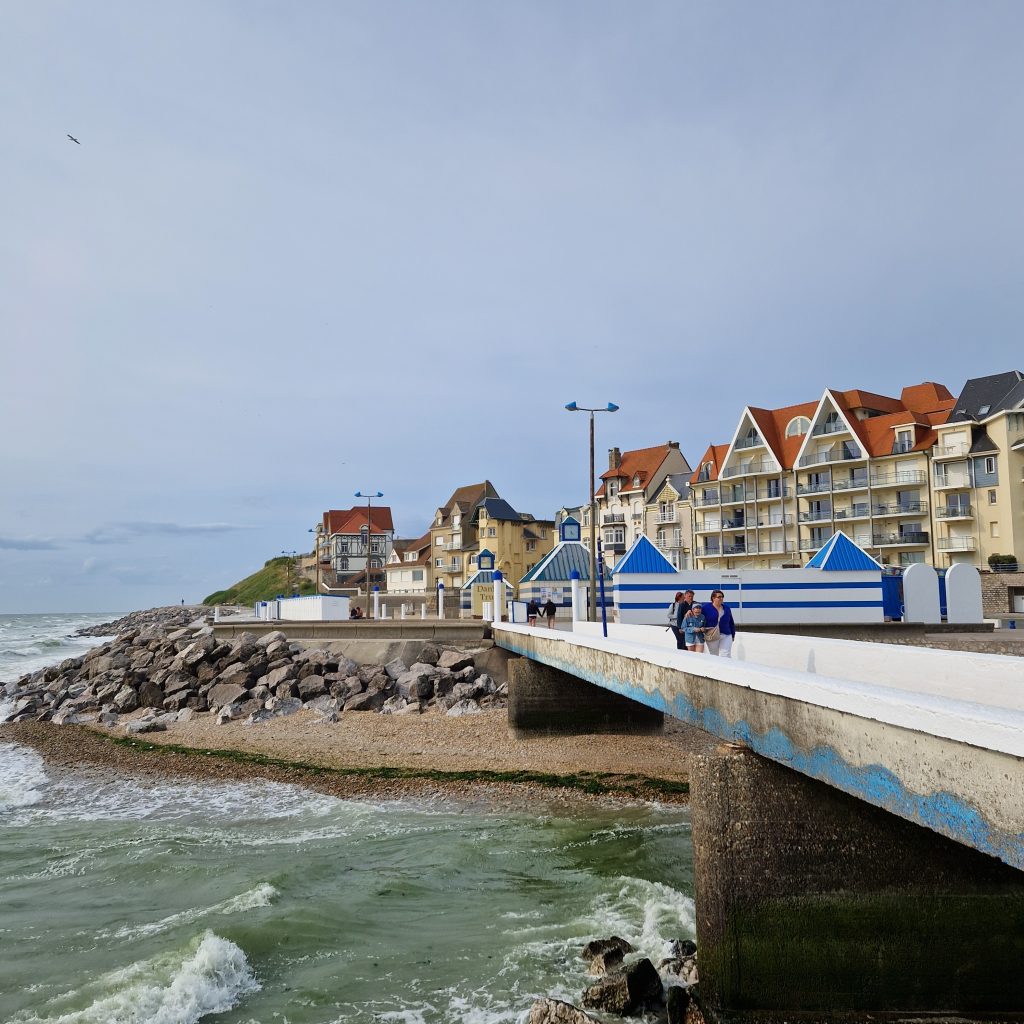
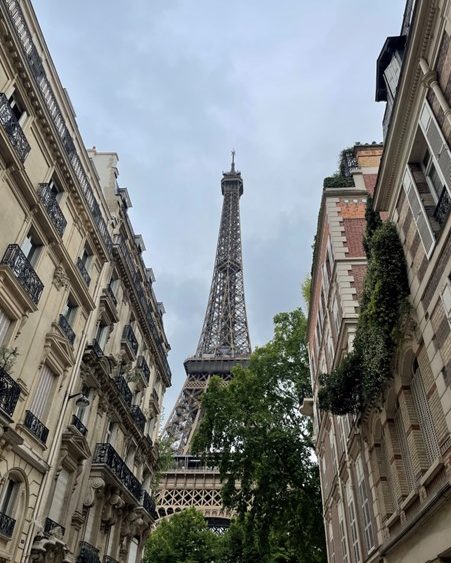
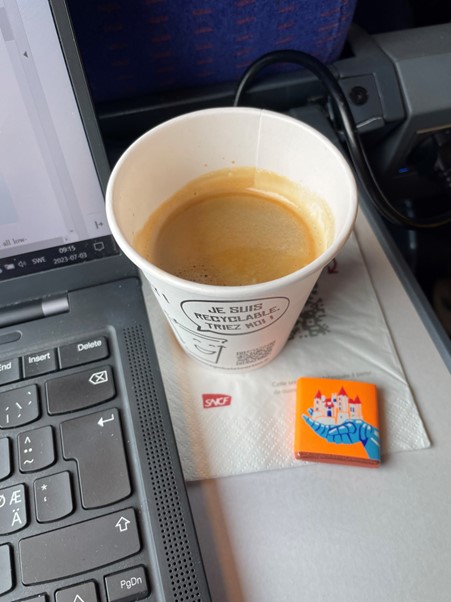

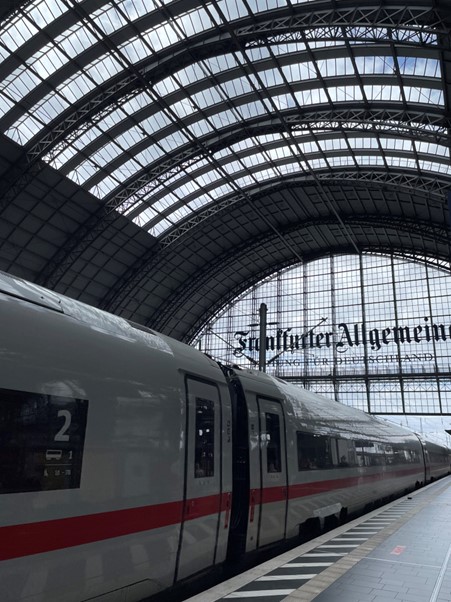
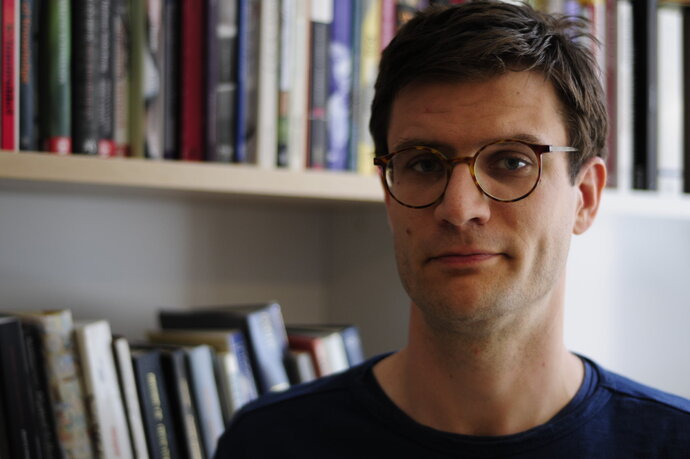
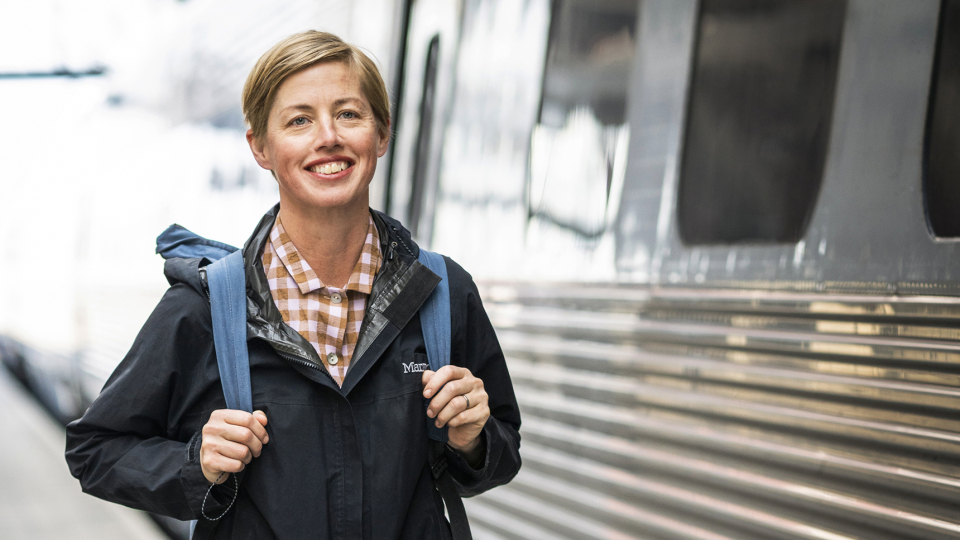

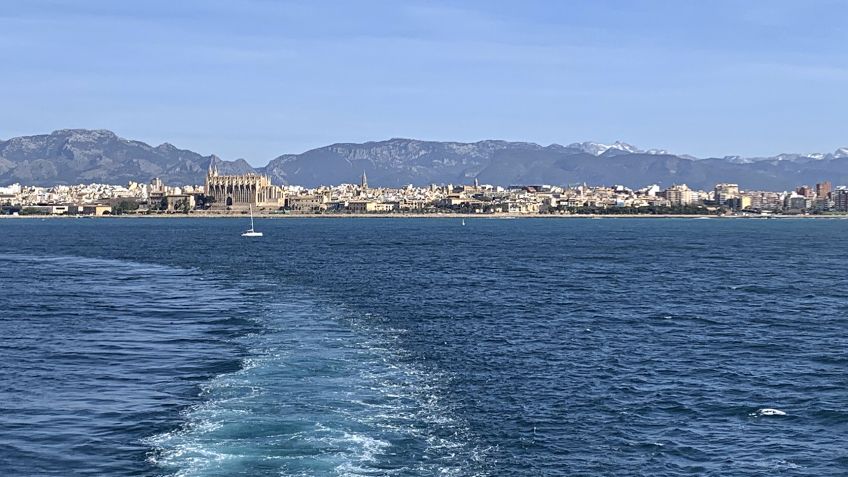
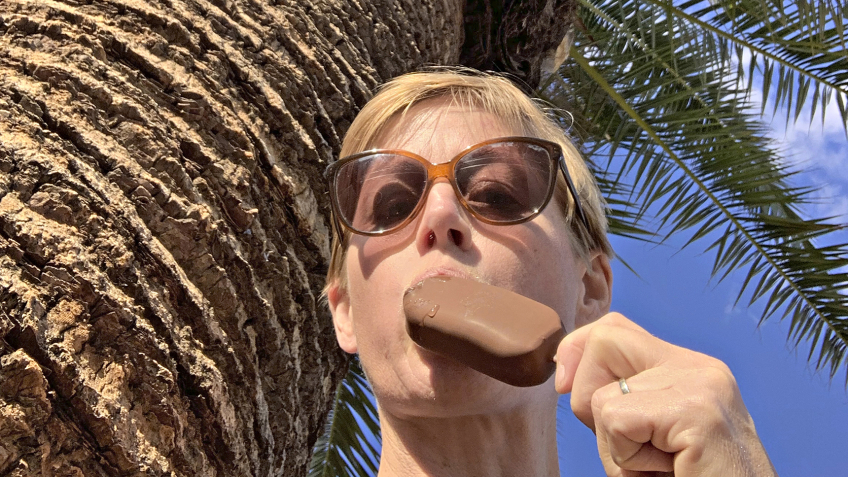
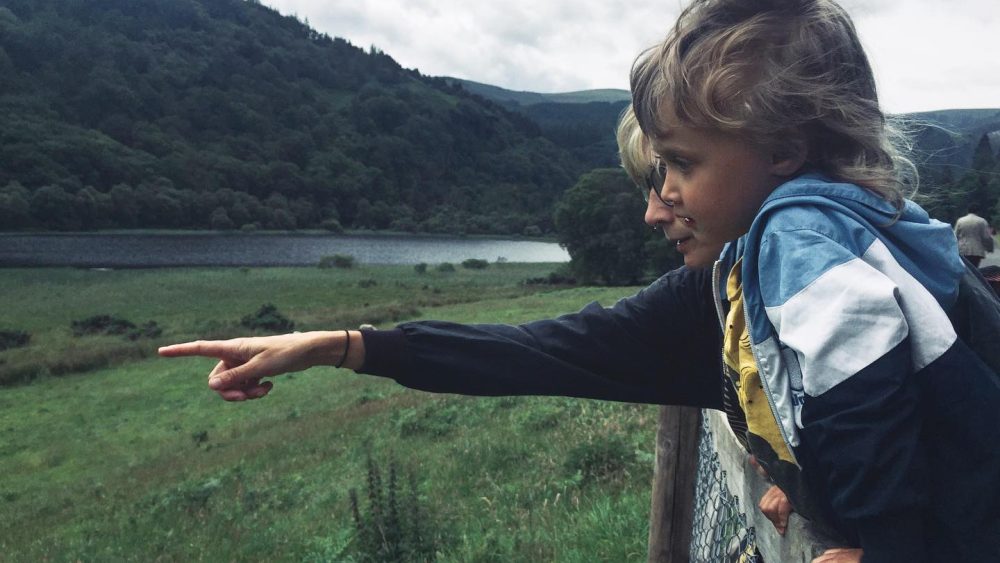
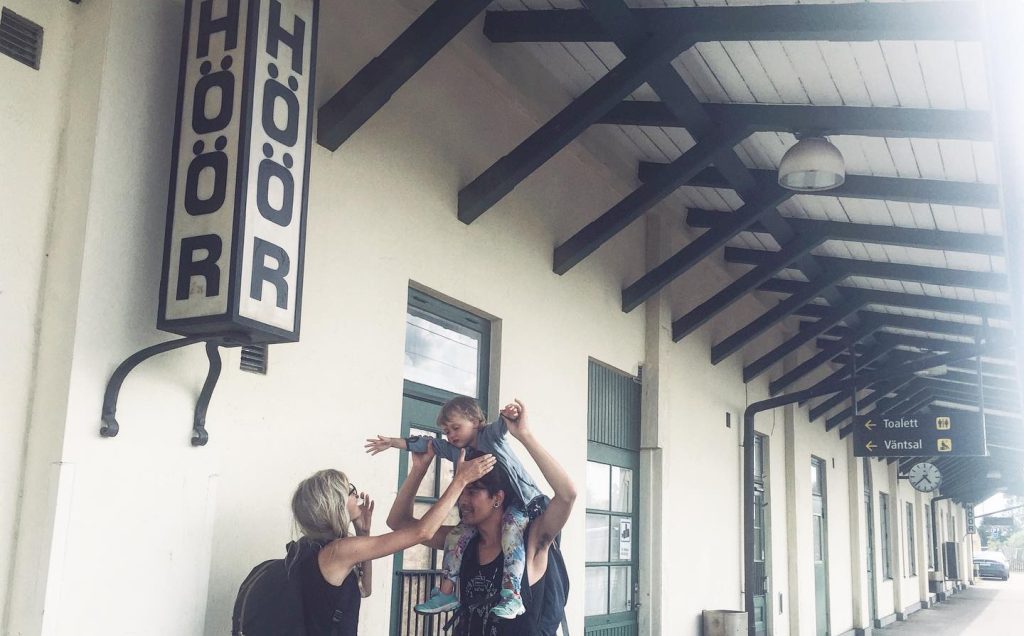
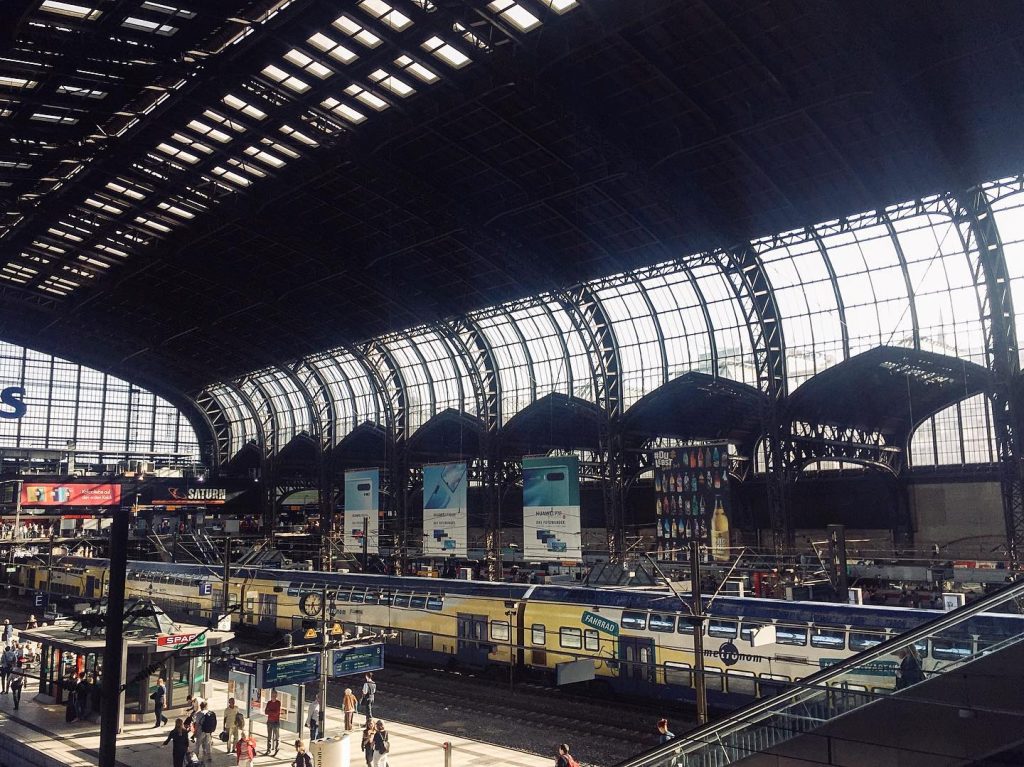
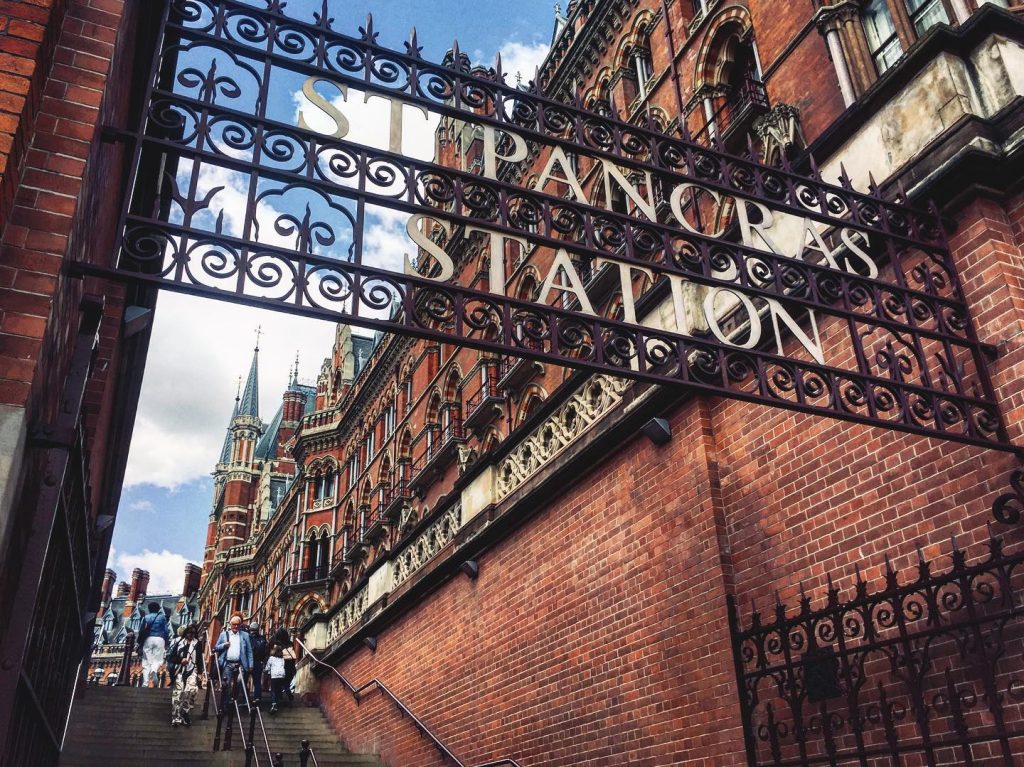
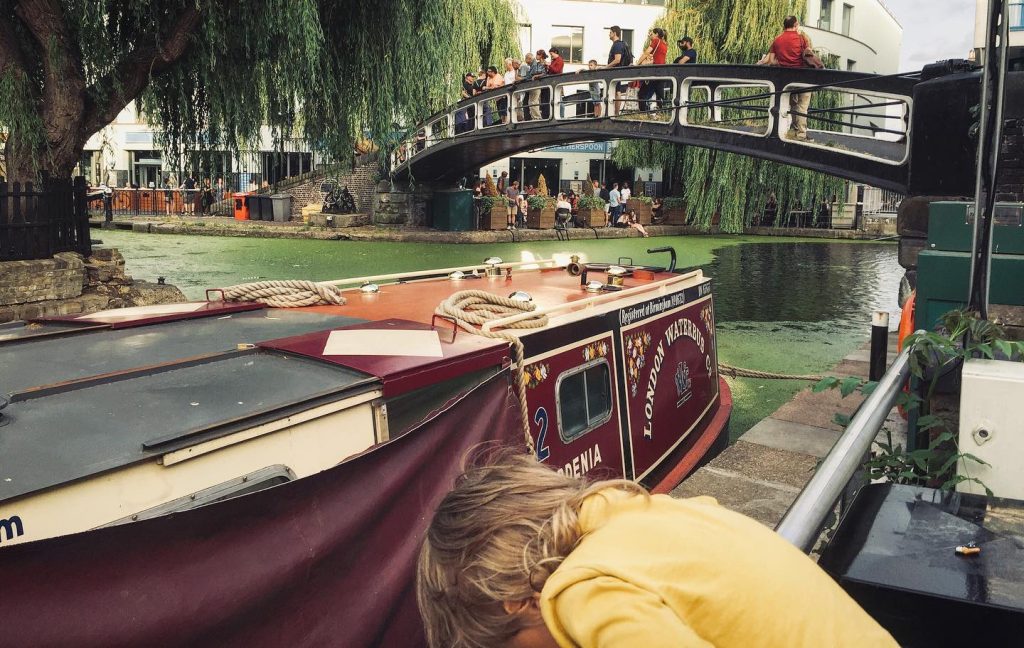
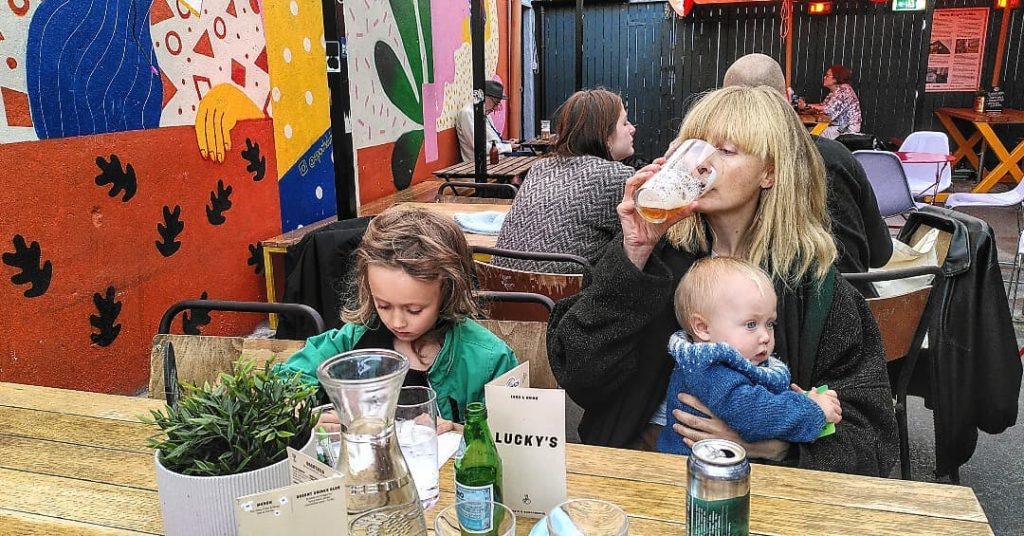
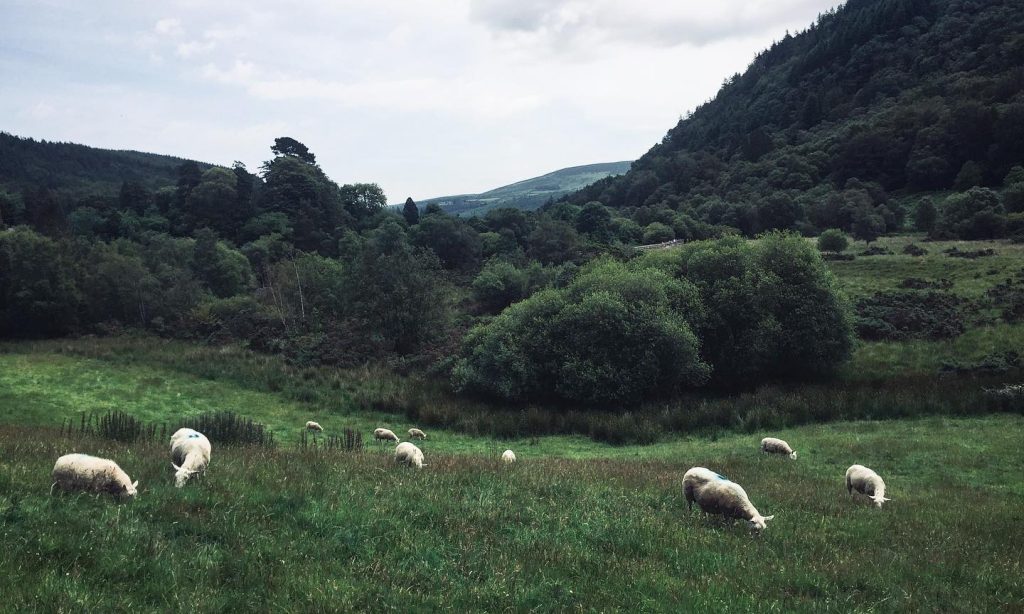
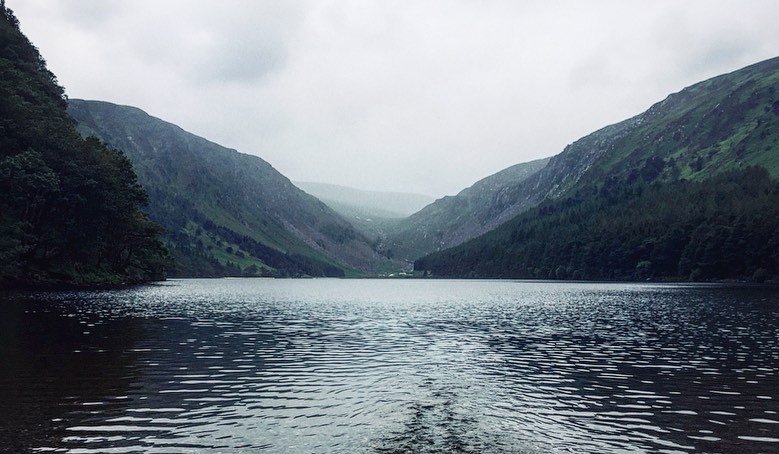
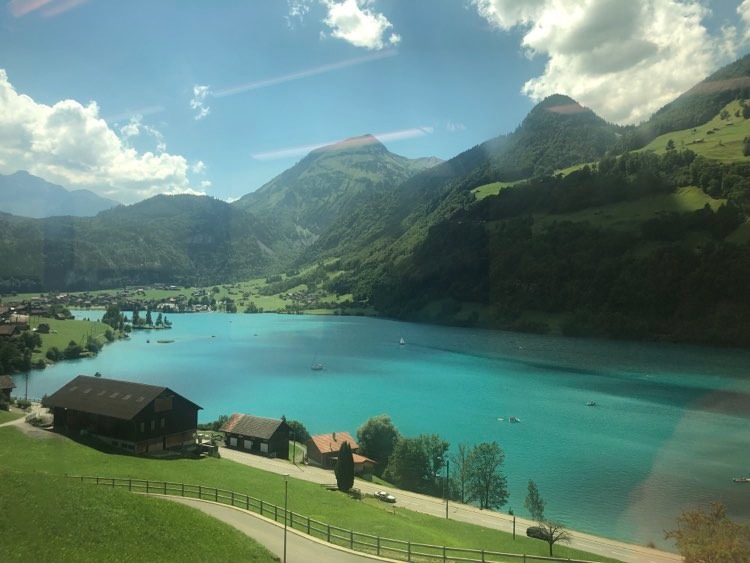
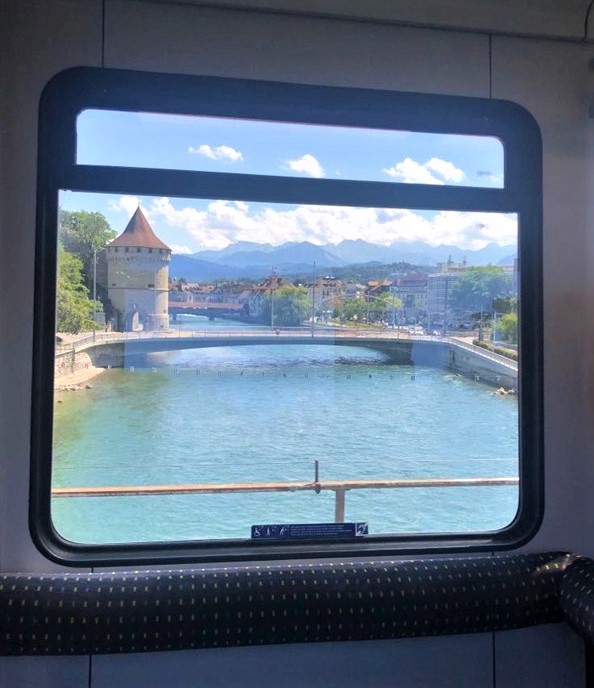
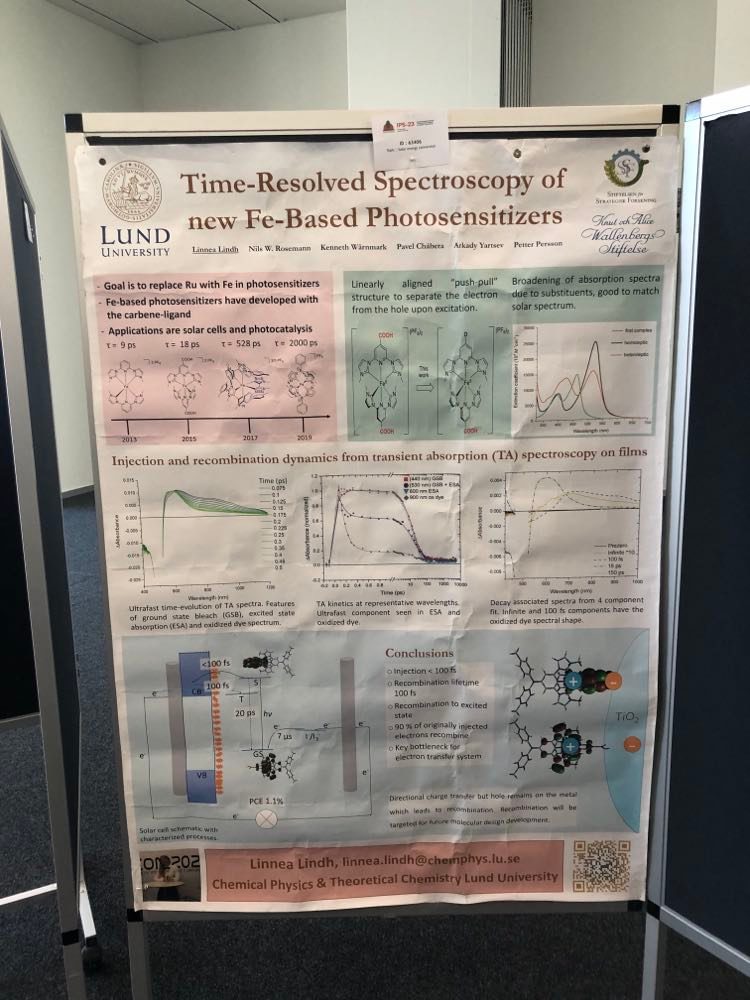
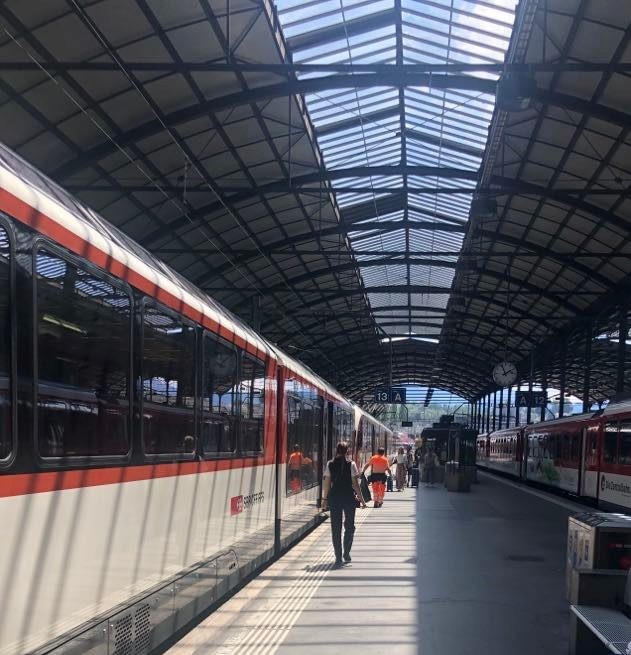
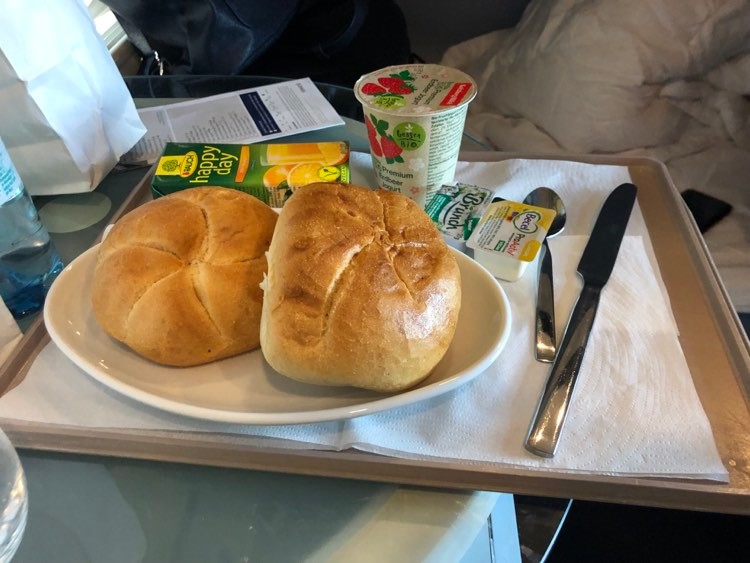
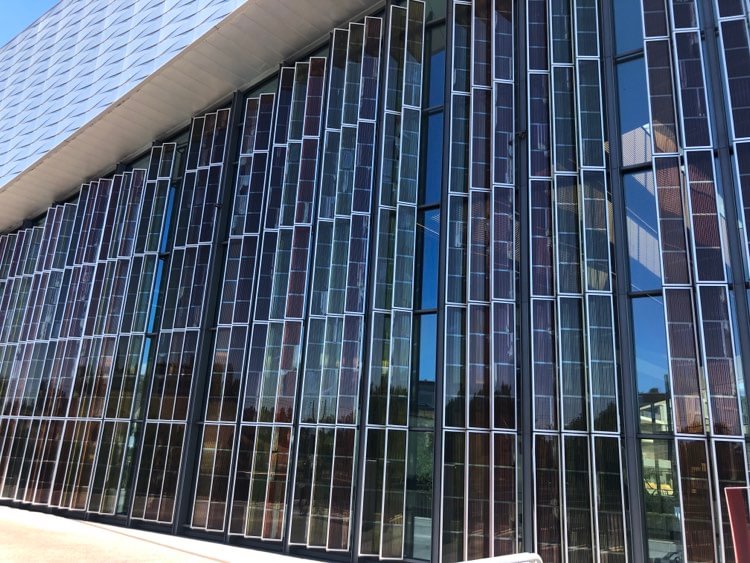
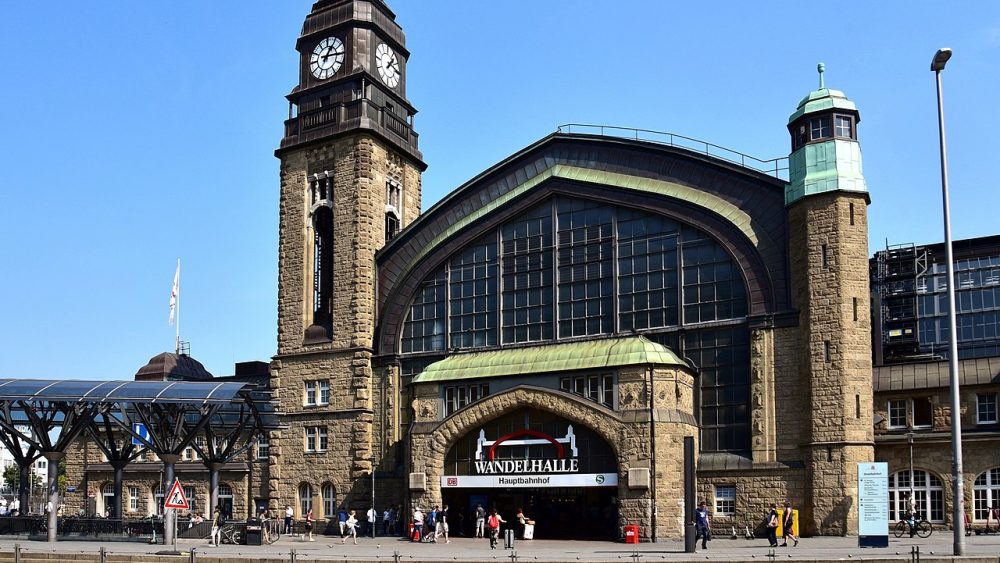
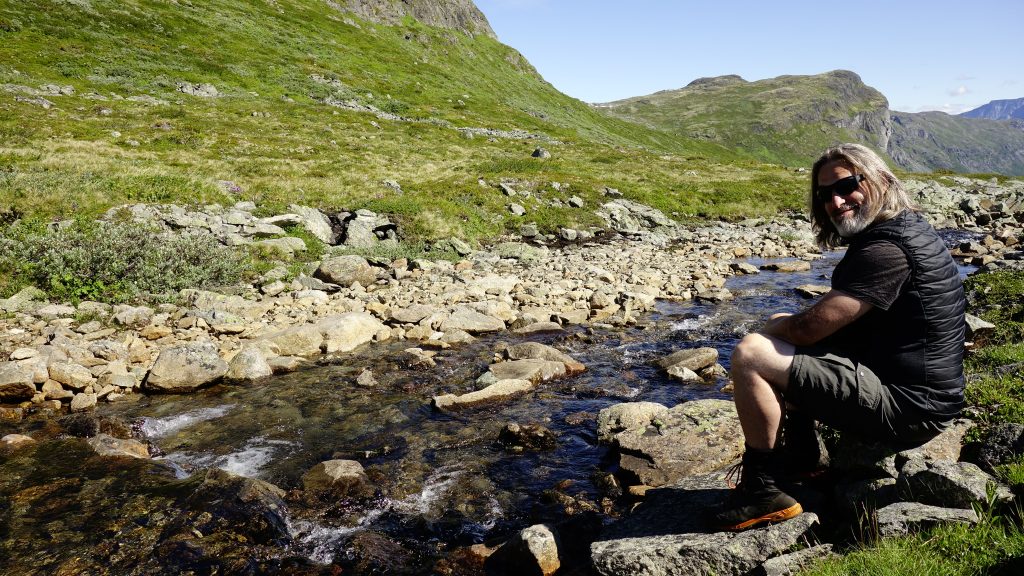
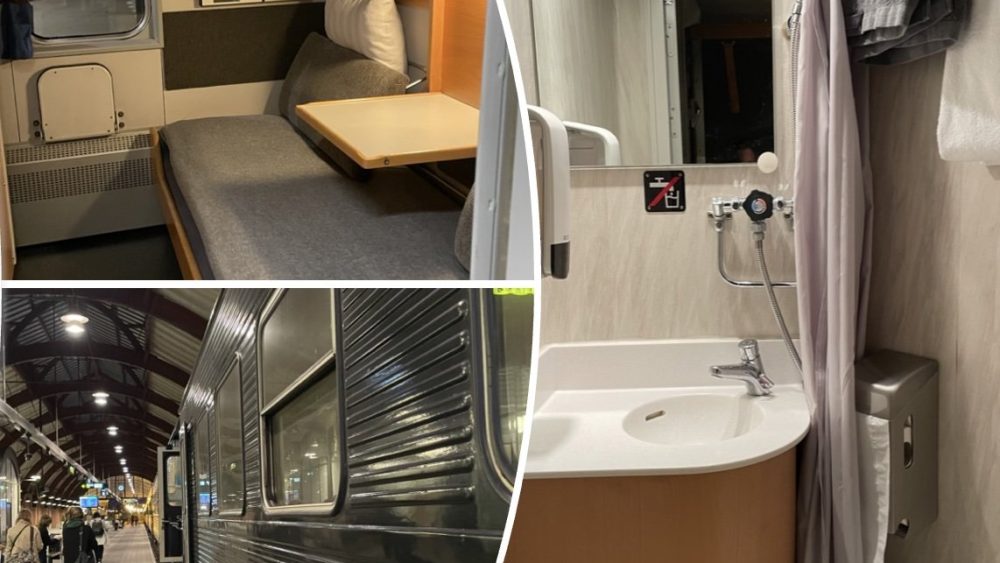
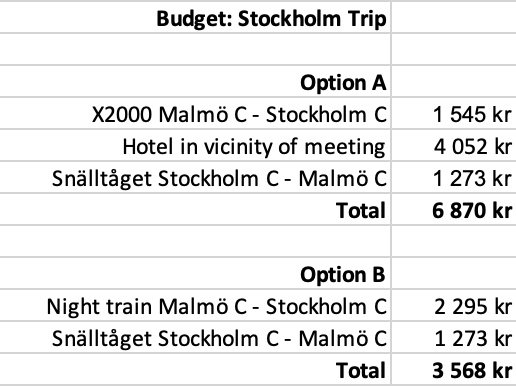
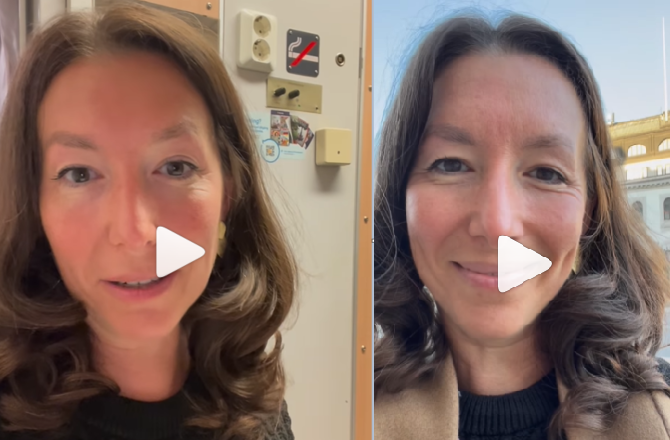
Comments